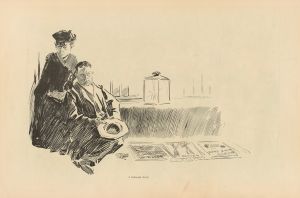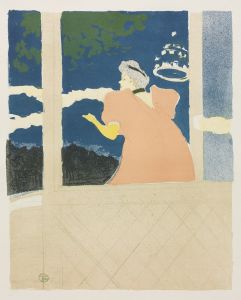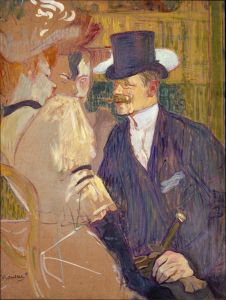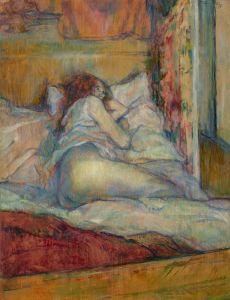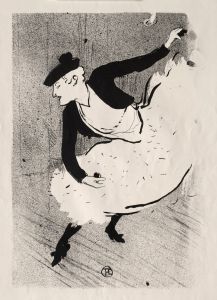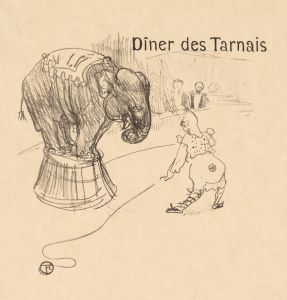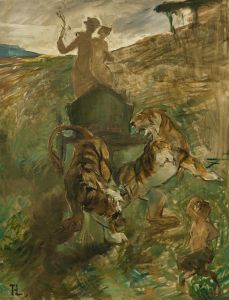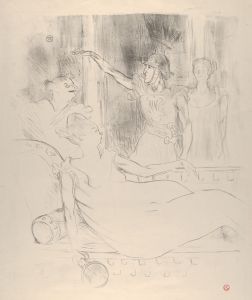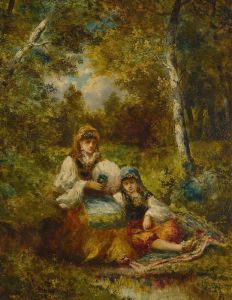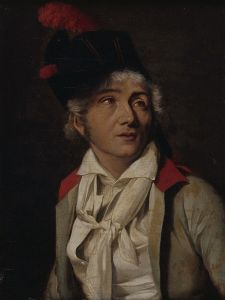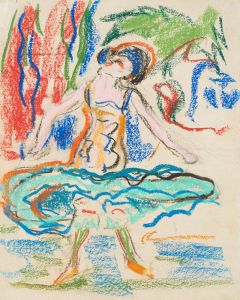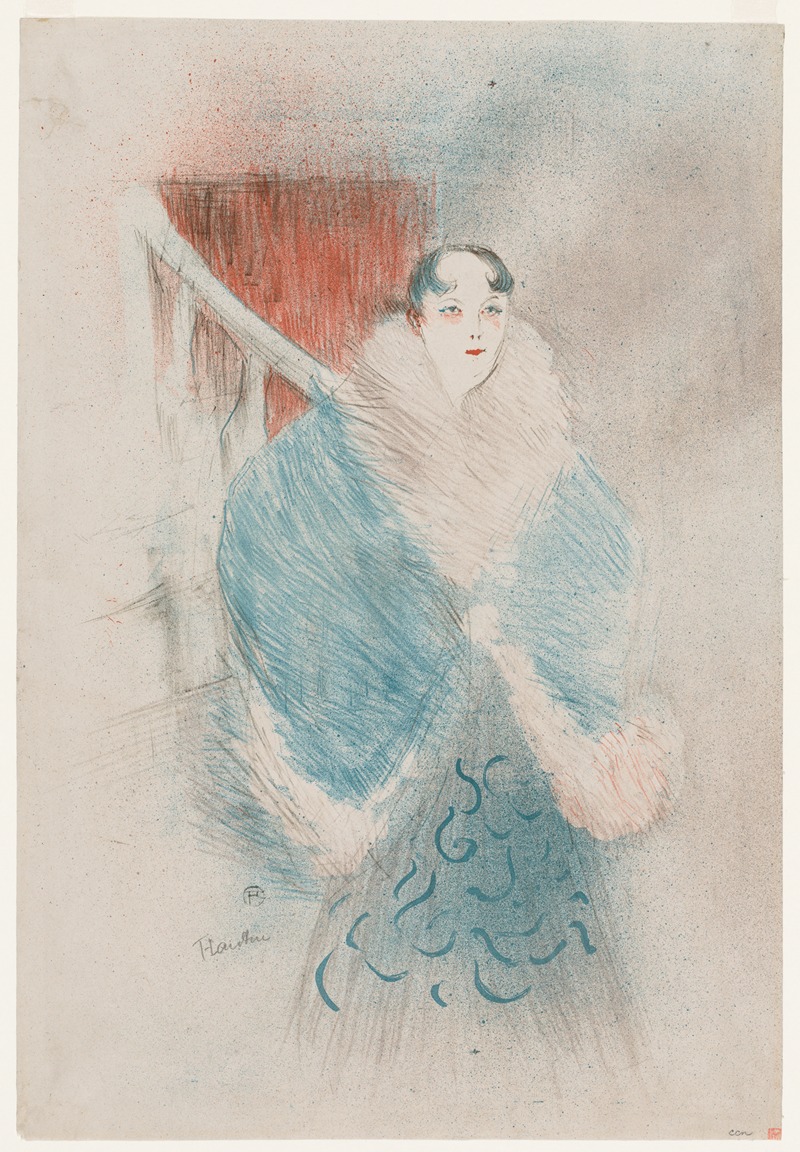
Elsa, Dite La Viennoise
A hand-painted replica of Henri de Toulouse-Lautrec’s masterpiece Elsa, Dite La Viennoise, meticulously crafted by professional artists to capture the true essence of the original. Each piece is created with museum-quality canvas and rare mineral pigments, carefully painted by experienced artists with delicate brushstrokes and rich, layered colors to perfectly recreate the texture of the original artwork. Unlike machine-printed reproductions, this hand-painted version brings the painting to life, infused with the artist’s emotions and skill in every stroke. Whether for personal collection or home decoration, it instantly elevates the artistic atmosphere of any space.
Henri de Toulouse-Lautrec, a prominent French painter, printmaker, and illustrator, is renowned for his depictions of the vibrant and often bohemian life of Paris in the late 19th century. One of his works, "Elsa, Dite La Viennoise," captures the essence of his artistic style and the cultural milieu of his time. Toulouse-Lautrec's art is characterized by its bold use of color, expressive lines, and keen observation of human behavior, all of which are evident in this painting.
"Elsa, Dite La Viennoise" portrays a woman named Elsa, who was known by the nickname "La Viennoise," suggesting her origins or connections to Vienna. This painting is part of Toulouse-Lautrec's broader body of work that often focused on performers, dancers, and individuals from the entertainment world of Paris. His subjects were frequently drawn from the Moulin Rouge and other cabarets and theaters, where he spent much of his time.
Toulouse-Lautrec's ability to capture the personality and mood of his subjects is a hallmark of his work. In "Elsa, Dite La Viennoise," he employs his characteristic style to convey the individuality and presence of Elsa. The painting likely features the use of bold outlines and a limited yet striking color palette, techniques that Toulouse-Lautrec mastered to emphasize the emotional and psychological depth of his subjects.
The context in which Toulouse-Lautrec created this painting is significant. The late 19th century was a period of great cultural and social change in Paris, with the rise of the Belle Époque, a time marked by artistic innovation and a flourishing nightlife. Toulouse-Lautrec was at the heart of this scene, and his work provides a window into the lives of the performers and patrons who populated the city's cabarets and theaters.
Toulouse-Lautrec's paintings, including "Elsa, Dite La Viennoise," are celebrated for their ability to transcend mere portraiture, offering insights into the character and spirit of the individuals he depicted. His work is often seen as a precursor to modernist movements, with its emphasis on capturing the essence of a moment and the inner life of his subjects.
While specific details about the painting "Elsa, Dite La Viennoise" may be limited, it is clear that it fits within Toulouse-Lautrec's broader oeuvre, which is characterized by a fascination with the human condition and the vibrant social life of Paris. His legacy as an artist is marked by his unique ability to blend observation with artistic expression, creating works that continue to resonate with audiences today.







